

Left image
Right image
The Hanford Engineer Works produced plutonium for the Manhattan Project at a roughly 600-square-mile (1554-square-km) site along the Columbia River in Washington state. The Hanford Site was selected because of an abundant supply of cold Columbia River water needed to cool nuclear reactors, ample available hydroelectric power, mild climate, excellent transportation facilities, and distance from major population centers. Workers at the Hanford Site constructed and operated the world’s first nuclear production reactors that produced the plutonium used in the Trinity Test and in the atomic bomb dropped on Nagasaki, Japan, on August 9, 1945. Explore all the places in the Tri-Cities Region related to the Manhattan Project through six common themes that weave the different places within the region together.
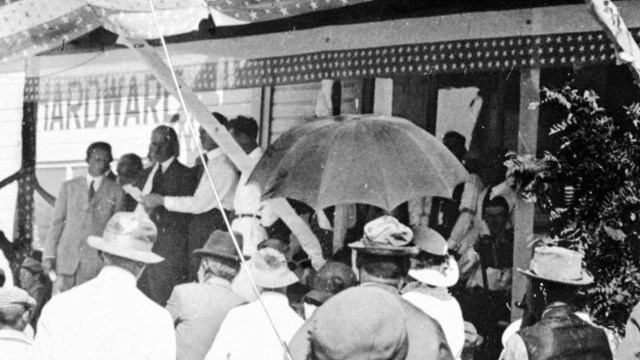
Displacement
Learn about the people who used to live and subsist off the land that became the Hanford Site. 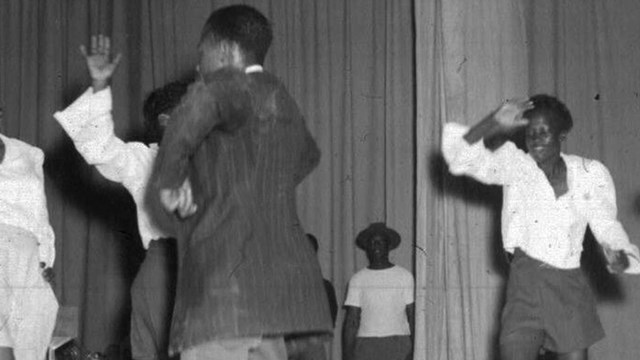
Secret Cities & Communities
Immerse yourself in the community and culture of the Tri-Cities during the Manhattan Project. 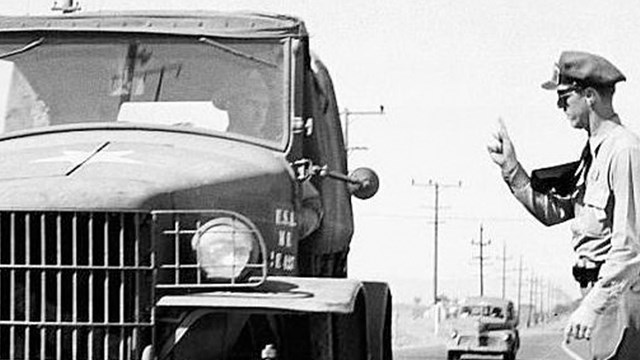
Behind the Fence
Peek behind the fence to explore plutonium production facilities and remnants of farm life. 
Breaking Scientific Boundaries
Delve into the groundbreaking science of the Hanford Site and its connections to today. 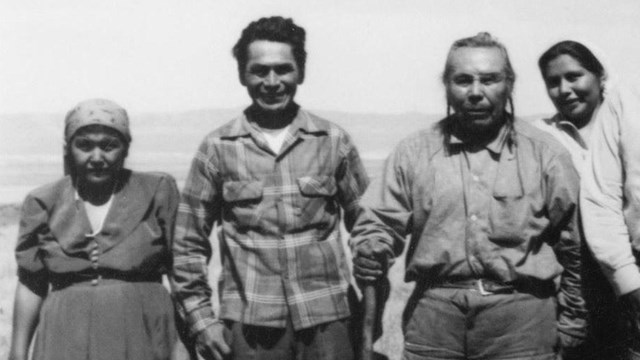
Untold Stories
Discover the little-known stories of the Manhattan Project at Hanford. 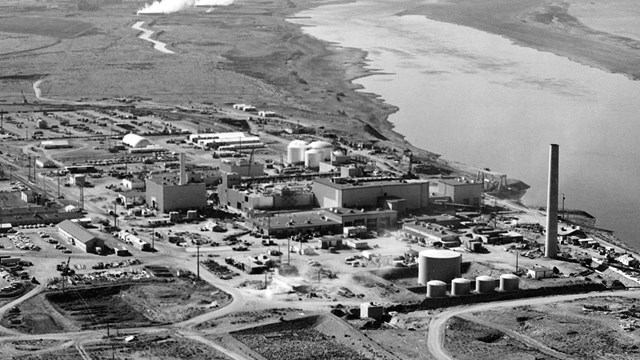
Legacies
Discover the little-known stories of the Manhattan Project at Hanford. You Might Also Like |
Last updated: August 14, 2025
